Raw Pu'er Tea is rich in polyphenols and has a cool nature, offering benefits such as heat reduction, quenching thirst, and aiding digestion. It is suitable for younger people. Aged Pu'er tea has a mild nature and can be enjoyed by all ages throughout the year. Drinking it before bed does not affect sleep. It regulates metabolism, promotes diuresis, increases gastric secretion, and enhances digestion and appetite. So, how do you brew Pu'er tea? True connoisseurs adjust their brewing method based on the specific tea.
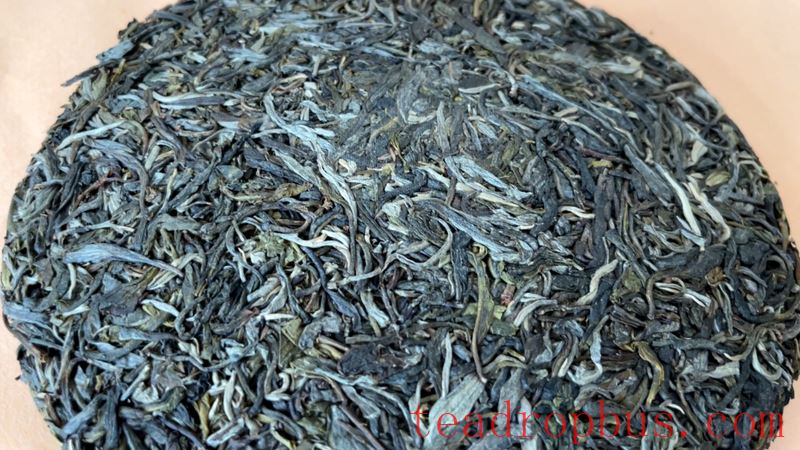
1. Fresh Raw Pu'er (New Raw Pu'er Tea)
The tea is characterized by a strong bitterness and astringency, with high freshness and activity. Prompt heat dissipation to reduce the unpleasant bitterness and astringency is key when brewing fresh raw Pu'er.
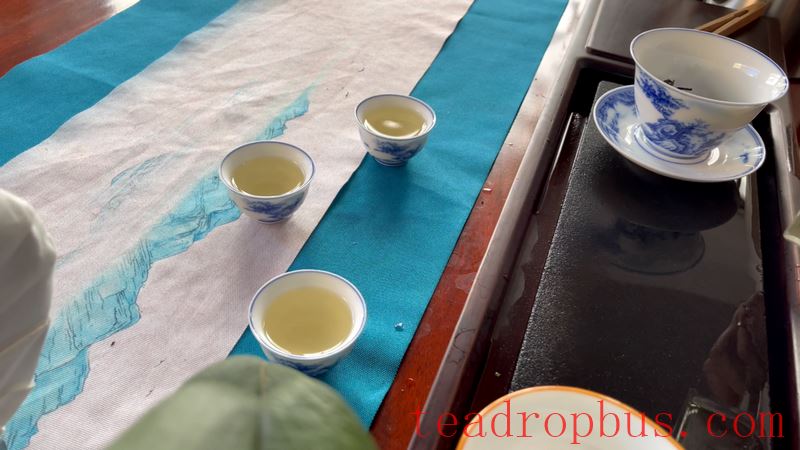
When pouring boiling water into the pot, use a gentle stream of water and rotate clockwise around the rim. Pouring in one spot will scald the leaves. After each infusion, leave the lid open to dissipate the heat, preventing the development of bitterness and any stuffy flavors.
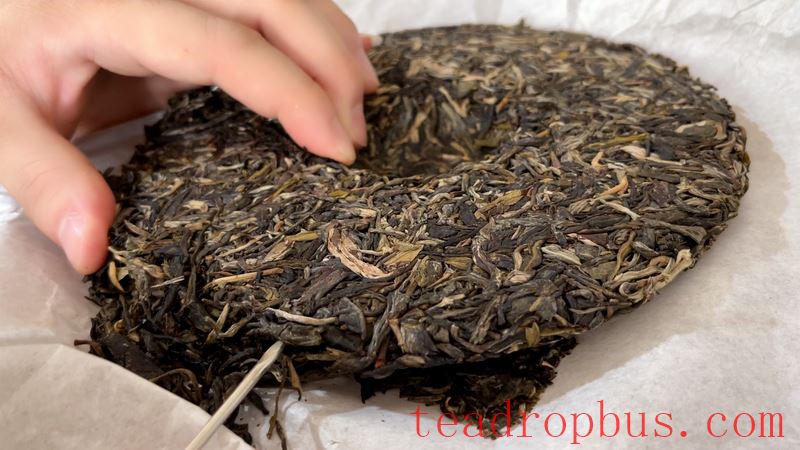
2. Aged Raw Pu'er (Aged Raw Pu'er Tea)
Brewing aged teas requires precise water temperature control, and a thin-walled, round-bodied, highly vitrified small Yixing Teapot is an excellent choice.
When adding boiling water, pour gently and steadily around the rim, avoiding a high pour or a slow pour that might lower the water temperature. The brewing process should be continuous, without allowing the tea to cool down. Additionally, older teas often require more leaf due to the loss of some of their inherent qualities over time.
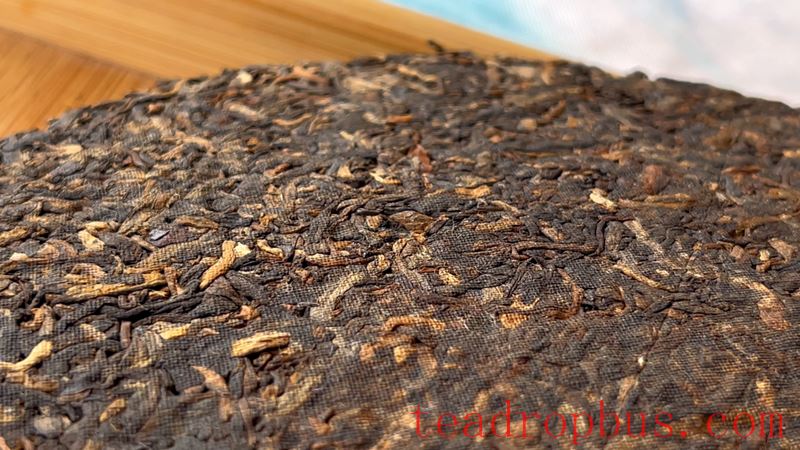
3. Fresh Aged Pu'er (New Aged Pu'er Tea)
Newly made aged Pu'er often has a strong fermentation flavor that isn't particularly pleasant. After a few years of aging, this fermentation flavor dissipates.
For aged Pu'er that is not very old, a Gaiwan or a flat-bottomed, large-mouthed, well-ventilated Yixing teapot is suitable.
To brew aged Pu'er, use high water temperatures to enhance the aroma, and pour the water quickly. When using boiling water to awaken the tea, keep the lid open to allow any off-flavors to dissipate. A teapot with low vitrification and good ventilation helps absorb these off-flavors, contributing to a thicker, smoother, and richer taste.
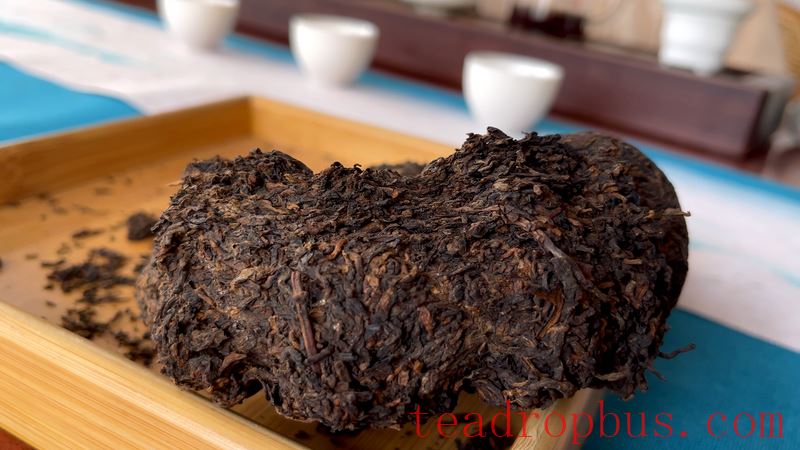
4. Aged Aged Pu'er (Aged Aged Pu'er Tea)
The trick to brewing aged Pu'er is to use high-temperature Steeping to release its qualities, and a highly vitrified small Yixing teapot is ideal.
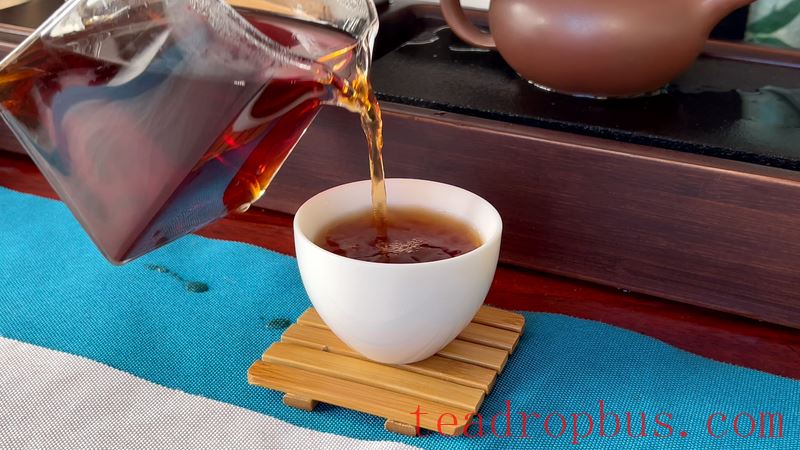
Once the temperature of the aged Pu'er drops, its character becomes difficult to reawaken, so it is essential to use boiling water continuously from one infusion to the next without interruption.